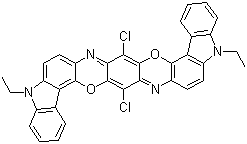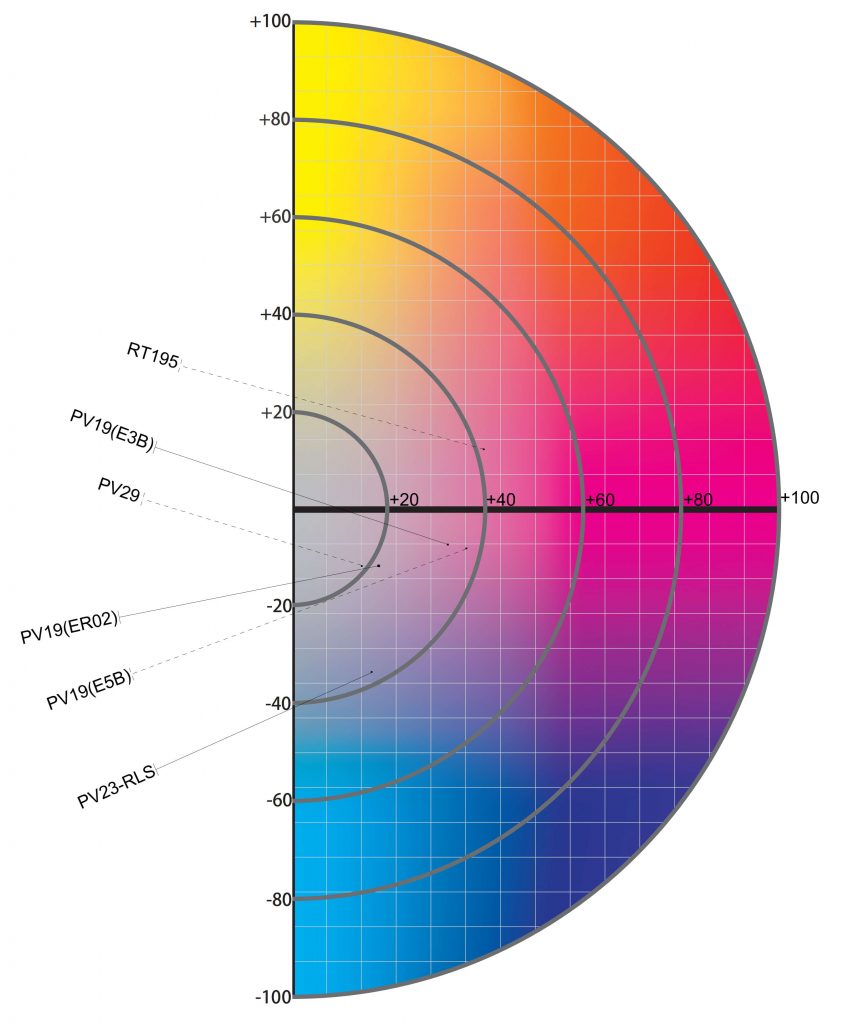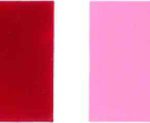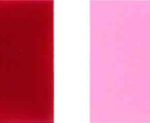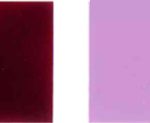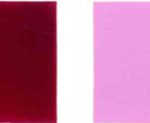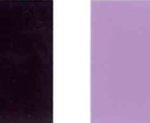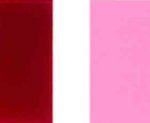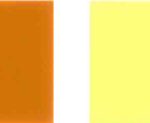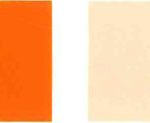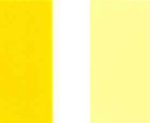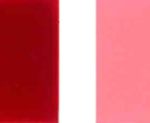Pigmenta violets 23-Corimax Violet RLS
Pigment violet 23 is an organic compound that is a commercial pigment. It is member of the dioxazine family of heterocyclic compounds, but derived from carbazoles. It is prepared by condensation of chloranil and 3-amino-N-ethylcarbazole. It has a centrosymmetric angular structure. For many years, the structure was assigned, incorrectly, as having a "linear structure" (EC no. 228-767-9, CAS RN 6358-30-1) which differ in terms of the carbazole ring fusion.
Pigment violet 23 is prepared by condensation of an aniline with chloranil.[From Wiki]
Pigmenta violeto tehniskie parametri 23
| Krāsu indeksa Nr. | Pigmenta violets 23 |
| Produkta nosaukums | Corimax Violet RLS |
| Produkta kategorija | Organiskais pigments |
| Viegla izturība (pārklājums) | 7 |
| Karstumizturība (pārklājums) | 200 |
| Viegla izturība (plastmasa) | 7 |
| Karstumizturība (plastmasa) | 250 |
Krāsa | 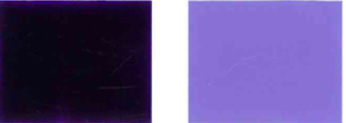 |
| Krāsu sadalījums |
Zeyachem is a global supplier of Dioxazine Violet pigments that provide a bluish violet shade, a color not obtainable by other pigments.
The extremely high color strength of Pigment violet 23 makes it a suitable pigment as a shading component. PV23 also exhibits excellent heat fastness and light fastness properties, making it suitable for inks and many paints and coatings applications.
Corimax Violet RLS is a reddish blue shade Dioxazine Violet (PV23) pigment with very high color strength and excellent overall fastness properties, suitable for inks, paints and coatings, including industrial coatings, powder coatings and automotive coatings.
Iespējas:
low viscosity, high gloss, high color strength. Pigment Violet 23 is a transparent purple violet pigment with high saturation and tinting strength.
C.I.Pigment Violet 23 show good tinting strength in flexible PVC while poor resistance to immigration.
P.V.23 heat resistance above 230℃ in polyolefins, when used in transparent PS, temperature shall below 220℃, above this PV 23 shall decompose. When worked in polyester, it is 280℃ stable in 5 hours, while concentration shall above 0.05%.
The pigment is easy to use and requires no rinsing. To ensure maximum color intensity and proper adhesion to the pulp, a retention agent must be added to the pulp before the pigment is applied. Our pigments are supplied by volume sizes. The actual weight varies, depending upon the density of the pigment.
Pieteikums :
Ieteicams automobiļu krāsām, arhitektūras pārklājumiem, spoļu pārklājumiem, rūpnieciskām krāsām, pulverveida pārklājumiem, apdrukas pastām, PVC, gumijai, PS, PP, PE, PU, ofseta tintēm, ūdens bāzes tintēm, šķīdinātāju tintēm, UV tintēm.
Pigment Violet 23 (PV 23) has now been around for more than 55 years. Its beginnings go back to 1928, when a patent was filed for the pigment after researchers at the Hoechst company in Germany first undertook the multistage synthesis based on carbazole, an ingredient of coaltar, and chloranile. Until the end of World War II the pigment was only used to process diamine light blue, a direct dyestuff for cotton.
With the invention of reactive dyes, which considerably simplified the dyeing and printing process for cellulose fibers, this application lost its importance. A new and promising use for PV 23 was quickly found due to the pigment’s ability to produce unique colors.
PV 23 has been used as a pigment since 1953. PV 23 belongs to the group of high-performance polycyclic pigments (HPP’s) that are used whenever the requirements for a colorant are particularly high. These include high light fastness and weather fastness, fastness to solvents, and heat stability. In addition, PV 23 stands out by its high coloring power. Under the electron microscope, the crude violet shows a highly granular crystalline form, whereas the pigment particles are miniscule.
—————————————————————————————————————————————————————————— ———————————————
Saistītā informācija
Fizikālās un ķīmiskās īpašības:
Nokrāsa vai gaiši: zili violeti
Relatīvais blīvums: 1,40-1,60
Tilpuma blīvums / (lb / gal): 11,7–13,3
Kušanas temperatūra / ℃: 430-455
Vidējais daļiņu lielums / μm: 0,04–0,07
Daļiņu forma: kubveida / stienis
Īpatnējais virsmas laukums / (m2 / g): 45-102
pH vērtība / (10% virca): 6.2
Produkta lietojums:Pigmenta violeto 23 galvenokārt izmanto pārklājumu, tintes, gumijas un plastmasas krāsošanai, kā arī sintētisko šķiedru krāsošanai
Pastāv 124 veidu pigmenta komerciālo zāļu formu zīmoli. Karbazoazīns ir sava veida zili violeta šķirne ar spēcīgu un neparastu pielietojumu, un monolītā violetā RN īpatnējā virsmas laukums ir 74m2 / g. To plaši izmanto dažādās jomās, piemēram, pārklāšanā, tintes apdrukāšanā, plastmasas un audumu apdrukāšanā un krāsošanā. Krāsojot, tam ir laba laku izturība. To var izmantot gaisa žāvēšanai, automašīnu krāsu oriģinālajai krāsošanai un krāsošanas krāsošanai, īpaši lateksa krāsai ar CuPc toneri un izteiktu gaismas toni. To var izmantot plastmasas krāsošanai ar siltuma pretestību 280 ℃ poliolefīnā un augstu krāsas noturību (HDPE ar 1 / 3SD nepieciešami tikai 0,07% no pigmenta koncentrācijas); to var izmantot arī poliestera un PE krāsošanai.
Sintēzes princips: Kā izejvielu izmanto karbazolu, un N-etilēšanu normālā spiedienā veic fāzes inversijas katalizatora klātbūtnē, un, lai sintezētu 2-amino-N-etilkarbazolu, tiek veikta nitrēšanas reakcija un reducēšanas reakcija; 3,5,6-tetrahlorparafinonu (hloranilu) pakļauj kondensācijas un gredzena slēgšanas reakcijām, filtrē, mazgā ar ūdeni un žāvē, lai iegūtu neapstrādātu violetu karbazola; visbeidzot, vispārēja pigmentācijas apstrāde, mīcot vai mīcot, lai iegūtu CI pigmenta violetu 23.
pseidonīmi :Pigment Violet RL; 51319; C.I. Pigment Violet 23; 8,18-Dichloro-5,15-diethyl-5,15-dihydrodiindolo(3,2-b:3',2'-m)tri- phenodioxazine; CI 51319; Diindolo(3,2-b:3',2'-m-)triphenodioxazine, 8,18-dichloro-5,15-diethyl-5,15-dihydro-; Carbazole Dioxazine Violet; Carbazole Violet; Chromofine Violet RE; Cyanadur Violet; Dioxazine Violet; Dioxazine purple; EB Violet 4B7906; EMC Violet RL 10; Fastogen Super Violet RN; Fastogen Super Violet RN-S; Fastogen Super Violet RTS; Fastogen Super Violet RVS; Helio Fast Violet BN; Heliofast Red Violet EE; Heliogen Violet; Heliogen Violet R Toner; Hostaperm Violet RL; Hostaperm Violet RL Special; Hostaperm Violet RL Special 14-4007; Lake Fast Violet RL; Lake Fast Violet RLB; Lionogen Violet R 6100; Lionogen Violet RL; Lionol Violet HR; Monolite Fast Violet R; PV Fast Violet BL; PV Fast Violet RL-SPE; Paliogen Violet 5890; Paliogen Violet L 5890; Permanent Violet; Permanent Violet R; Sandorin Violet BL; Sanyo Permanent Violet BL-D 422; Sumikacoat Fast Violet RSB; Sumitone Fast Violet RL; Sumitone Fast Violet RL 4R; Sumitone Fast Violet RLS; Symuler Fast Violet BBL; Symuler Fast Violet BBLN; Unisperse Violet B-E; Vynamon Violet 2B; 8,18-Dichloro-5,15-diethyl-5,15-dihydrodiindolo(3,2-b:3',2'-m)triphenodioxazine; Diindolo(3,2-b:3',2'-m)triphenodioxazine, 8,18-dichloro-5,15-diethyl-5,15-dihydro-; 8,18-dichloro-5,15-diethyl-5,15-dihydrocarbazolo[3',2':5,6][1,4]oxazino[2,3-b]indolo[2,3-i] phenoxazine
Molekulārā uzbūve: